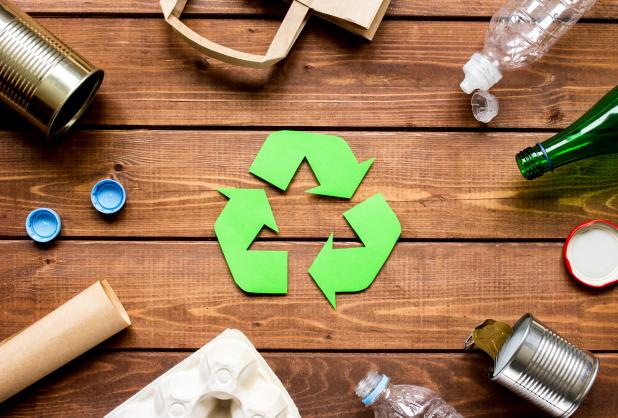
Introduction
Waste-to-energy (WtE) and landfill diversion have emerged as crucial solutions for minimizing waste disposal and promoting sustainable waste management practices. This article explores the historical background, key concepts, benefits, challenges, case studies, current trends, controversies, future outlook, and the significance of WtE and landfill diversion in achieving environmental sustainability.
Historical Background
Waste disposal practices have existed for centuries, with landfills being the primary method in the past. However, the rise of landfills has had detrimental environmental consequences, including soil and water contamination. To address these concerns, waste-to-energy technologies have emerged as an alternative to landfill disposal. Over time, advancements in waste management practices have led to improved strategies for waste reduction and diversion.
Key Concepts and Definitions
Waste-to-energy (WtE) involves converting waste materials into usable forms of energy such as electricity, heat, or fuel. This process not only minimizes waste disposal but also harnesses the energy potential of waste. Landfill diversion refers to efforts aimed at reducing the amount of waste sent to landfills by diverting it to other means of disposal or utilization. By implementing WtE and landfill diversion, we can effectively reduce the burden on landfills and promote more sustainable waste management practices. Various methods and technologies, such as incineration, anaerobic digestion, and recycling, are employed in WtE and landfill diversion strategies.
Main Discussion Points
Benefits of WtE and Landfill Diversion
WtE and landfill diversion offer numerous environmental benefits. By reducing waste sent to landfills, these practices help decrease greenhouse gas emissions and dependence on fossil fuels. Additionally, WtE facilities generate energy, contributing to a more sustainable energy mix. From an economic perspective, the implementation of WtE and landfill diversion creates job opportunities and stimulates local economies.
Challenges and Considerations
While WtE and landfill diversion have benefits, they also face challenges. Concerns about air pollution and emissions associated with WtE technologies exist, requiring proper emission control measures. Furthermore, the successful implementation of WtE and landfill diversion demands robust waste management infrastructure and stringent regulations to ensure safety and efficiency.
Integration with Recycling and Waste Reduction Efforts
WtE and landfill diversion should be integrated with recycling and waste reduction initiatives to achieve a comprehensive waste management approach. By incorporating these strategies, we can maximize resource recovery, minimize waste generation, and promote a circular economy. It is crucial to emphasize the importance of waste reduction strategies in conjunction with WtE and landfill diversion to achieve long-term sustainability.
Case Studies or Examples
Numerous successful WtE and landfill diversion projects worldwide have showcased positive outcomes, such as reduced landfill waste, energy generation, and environmental benefits. Examining these case studies allows us to identify best practices and learn valuable lessons for future implementations. Communities and industries that have effectively implemented WtE and landfill diversion strategies serve as inspiring examples for others seeking to adopt sustainable waste management practices.
Current Trends or Developments
Recent trends in waste management highlight the growing adoption of WtE and landfill diversion practices. Governments, organizations, and communities increasingly recognize the importance of sustainable waste management. Research findings and technological advancements continue to shape the landscape of WtE and landfill diversion. Public awareness and government policies play significant roles in driving the implementation of sustainable waste management practices.
Challenges or Controversies
Controversies surrounding the use of WtE technologies include concerns about emissions and waste hierarchy. While WtE has its benefits, differing viewpoints exist regarding its effectiveness and feasibility compared to other waste management strategies. Implementing WtE and landfill diversion at a large scale poses challenges, such as acquiring necessary funding, public acceptance, and regulatory frameworks.
Future Outlook
Looking into the future, potential developments and advancements in WtE and landfill diversion technologies can be speculated. Continued innovation and research will contribute to improving the efficiency and sustainability of waste management practices. Continued investment in WtE and landfill diversion is essential to achieving long-term waste reduction goals and fostering environmental sustainability.
Conclusion
Waste-to-energy and landfill diversion are crucial strategies for minimizing waste disposal and promoting sustainable waste management. By understanding the historical background, key concepts, benefits, challenges, case studies, current trends, controversies, and future outlook of WtE and landfill diversion, we can recognize their significance in achieving environmental sustainability. Further exploration and research in the field of sustainable waste management are essential to drive continuous improvements in waste reduction and resource recovery.